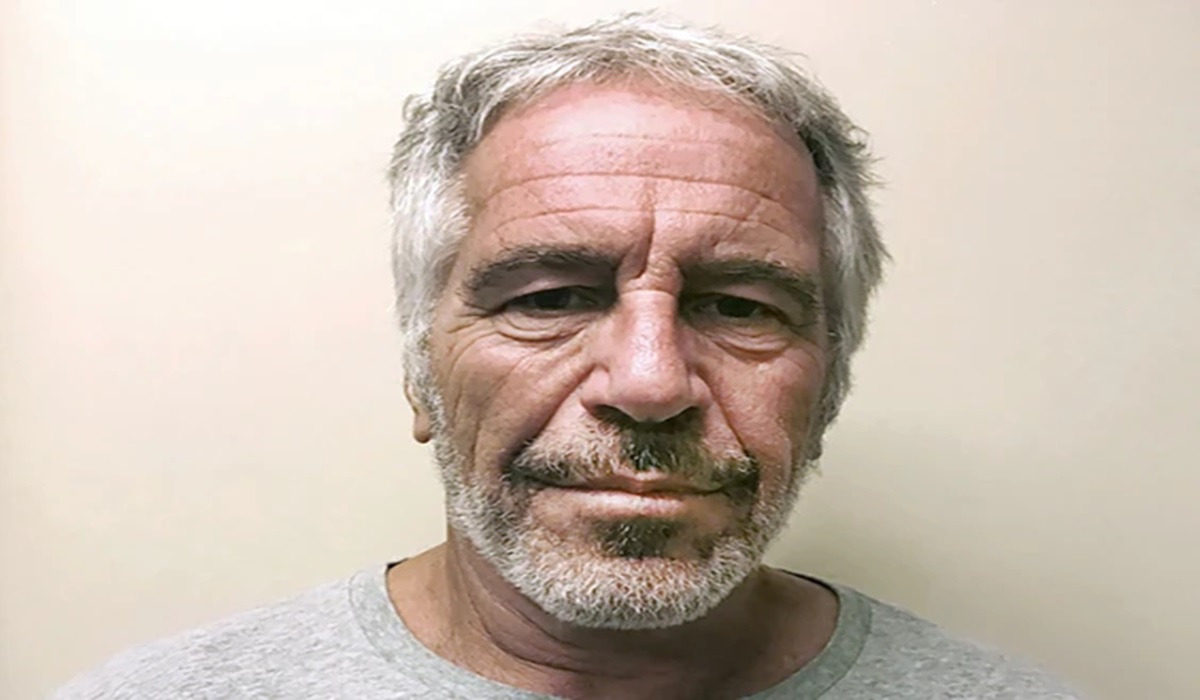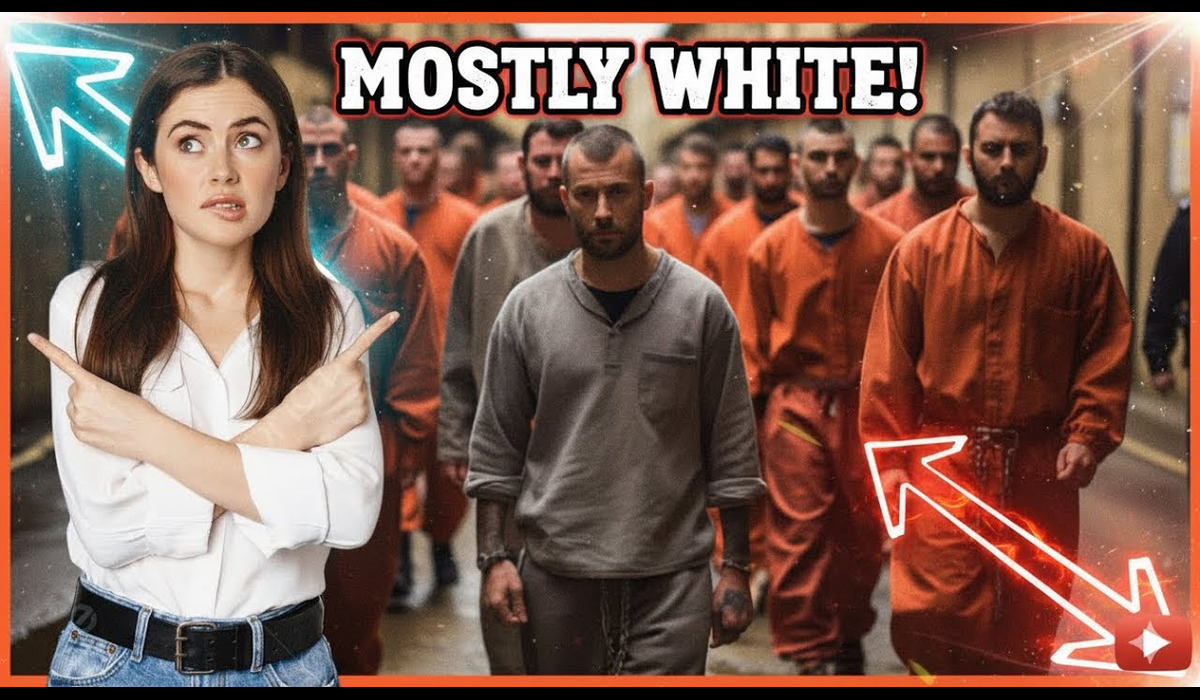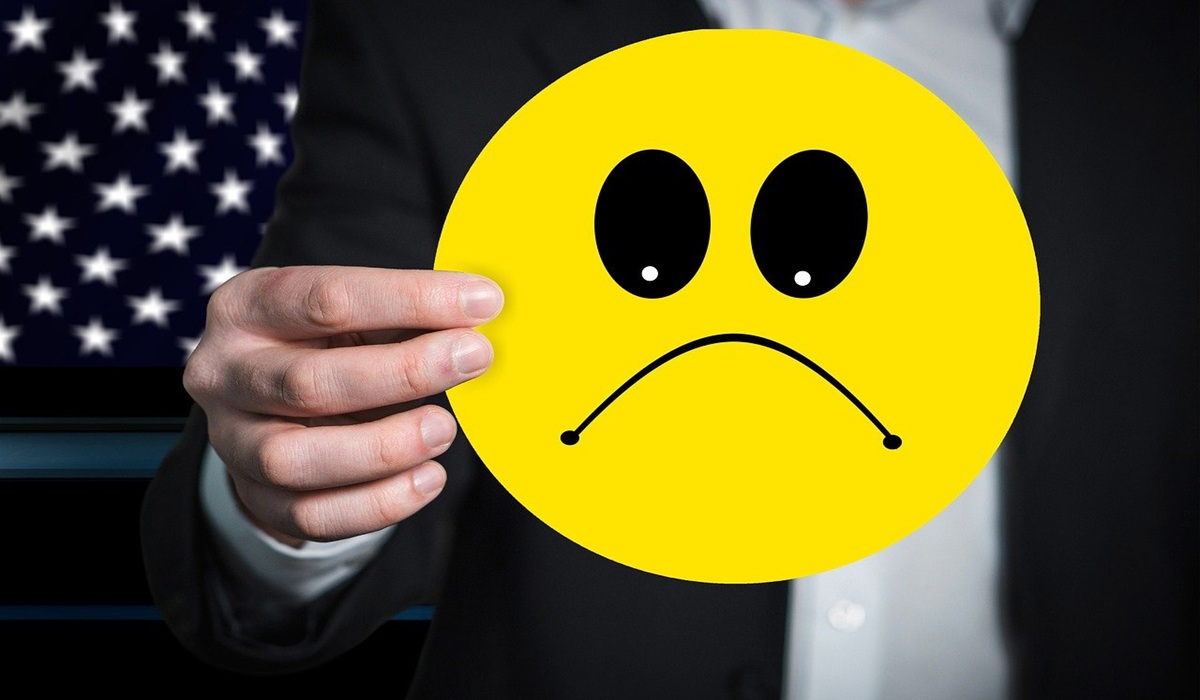The Epstein Files, the Trump Administration, and the FBI: Nothing to See Here—or Everything?
- TDS News
- U.S.A
- July 19, 2025

In the shadows of American discourse, a storm brews—one that refuses to dissipate no matter how many times the public is told there’s “nothing to see here.” The ongoing saga surrounding Jeffrey Epstein, the deceased financier and convicted sex offender, is once again at the center of national attention. But now, the conversation has shifted dramatically. With the Trump administration’s fingerprints increasingly scrutinized in relation to how the Epstein investigation was handled—and how aggressively files have been sealed, redacted, or altogether suppressed—Americans are asking an uncomfortable question: has the truth been buried for good?
The question isn’t whether Epstein was a criminal; that much is known. Nor is it whether powerful individuals were within his orbit; flight logs, photographs, and countless insinuations tell us they were. What remains buried beneath layers of legal maneuvering and government silence is the full scope of who those individuals are, what they allegedly did, and why the public still hasn’t seen the long-rumored “list.”
Now, under the Trump and post-Trump political climate, the list has become more than just a piece of evidence—it’s a mythic artifact, an ideological litmus test, and a reflection of America’s fractured trust in its institutions.
From the moment Epstein was arrested in 2019, rumors swirled about a damning list of high-profile figures who had either flown on his private jet, visited his properties, or engaged in criminal behavior linked to his trafficking ring. After his mysterious death in federal custody—ruled a suicide but riddled with anomalies—those rumors turned into near-certainties for many.
Yet years have passed, and the promised disclosure of a comprehensive list never materialized. The FBI has been curiously opaque. Major outlets have reported drips and drabs, naming names without consequence, while massive caches of documents remain sealed under the guise of privacy, national security, or irrelevant technicalities. Some of those documents are now purportedly lost or “irretrievable.”
And now the Trump administration’s alleged role in shuttering or suppressing the investigation has entered the frame.
Public sentiment grew more cynical when prominent officials during Trump’s tenure, including Attorney General William Barr, appeared to do little to push for full transparency after Epstein’s death—despite the Justice Department’s assurances that the investigation was still “ongoing.” Critics argue that this “ongoing” designation has become a legal loophole for inaction and information suppression.
Former President Donald Trump, who himself was once photographed with Epstein and Ghislaine Maxwell (though later claimed to have cut ties with Epstein long ago), has repeatedly insisted that there is nothing of interest in the Epstein files. He paints it as a media obsession and a leftist conspiracy meant to distract from other political issues. His supporters echo the sentiment, arguing that if there were really something there, it would have come out by now.
But therein lies the paradox.
If there is truly nothing to hide, why are so many powerful figures—on both sides of the political aisle—allegedly working so hard to keep certain records out of public view? If there is no “list,” no crimes to prosecute, and no revelations to fear, then full transparency should be the most direct route to vindication.
Instead, the opposite has occurred. Documents are buried. Victims’ voices are minimized. High-profile figures are shielded, not interrogated. And the few court unsealings that have taken place seem designed to release the least explosive names while preserving the anonymity of the most powerful.
This leads to another emerging theory: that the Epstein investigation itself has become a kind of red herring—an intentionally diluted scandal that focuses public attention on salacious detail while protecting the deeper, structural rot.
It’s a classic maneuver: give the public a few breadcrumbs, watch the outrage rise and fall in predictable cycles, and keep the real story buried under procedural complexity and legal ambiguity. In this version of events, the “list” is either a fiction, or worse, a tool—something that exists but is being used to manipulate perception rather than expose truth.
Some now believe that the suppression isn’t simply about protecting individuals; it’s about protecting the system itself. The implications of full disclosure could be so vast—implicating CEOs, world leaders, entertainers, royalty, judges, and even intelligence agencies—that the very foundations of power would tremble.
To put it bluntly: this isn’t just about whether or not Trump is right that “there’s nothing to see here.” It’s about whether anyone in power has ever wanted us to see anything at all.
If we are to believe the line that there’s nothing of substance in the Epstein files—no global network, no systemic abuse, no ties to state power—then we must accept that the media, the victims, the leaked documents, and even Epstein’s own records all point to a story that is, somehow, both sensational and empty.
But that cognitive dissonance is hard to sustain. Especially when victims have testified to the existence of coercion, when pilot logs include names of billionaires and presidents, when private islands were outfitted with surveillance, and when those with the most to lose have shown the least interest in answers.
We are told not to believe in conspiracies. But we are also told to trust institutions that have repeatedly failed to protect the vulnerable, failed to prosecute the powerful, and failed to provide even the most basic answers about one of the most infamous cases of elite abuse in modern history.
This story is no longer just about Jeffrey Epstein. It’s about how far the American public will go to protect its image of the powerful. It’s about how much absurdity a society can absorb before the absurd becomes normalized.
We live in a time when some trust Donald Trump more than the FBI, and others believe the FBI is protecting Trump. The lines are blurred, the truth is fragmented, and partisanship distorts every angle. In that sense, the Epstein case has become a perfect mirror of America itself: a place where everyone is sure they’re right and no one knows what’s true.
The question now is not “Where is the list?” but “Why does the very idea of the list provoke such hysteria, such resistance, and such silence?”
Until that question is answered—truly and transparently—the suspicion will never die. And neither will the demand for truth.
Even if we’re told, again and again, that there’s “nothing to see here.”








